Have fun with the wide-angle option on your iPhone or other smartphone
The Wide Angle lens on your iPhone
The wide angle is probably one of the most fun lenses. Period. yes i mean the Wide Angle Lens on your iPhone
That might be a very strong expression, but the wide angle is undoubtedly one of those lenses you can have a lot of fun with.
So for today’s blog post I decided to take some wide-angle shots while walking in the forest with Chewie.
The way it was intended… right?
Most of the time we use it just to get a wider view, and let’s be honest, it does really make a difference.


However, for me one of the cool things about the wide angle is not that it just gives you more of the scene. But the way the wide angle distorts.
Now normally distortion is of course a bad word (unless you play guitar :D) but you can also use it creatively.
For example, what about just holding your phone really close to a tree and just aiming it up? The trees will look huge and if you bump the contrast you get some really cool results.

Now it’s also sometimes cool to use the wide angle to include your own feet.
Think about the start of a big hike, or maybe you like a sign that you find on your route and you want to spice the shot up a bit. Why not switch to the wide angle and include your feet?
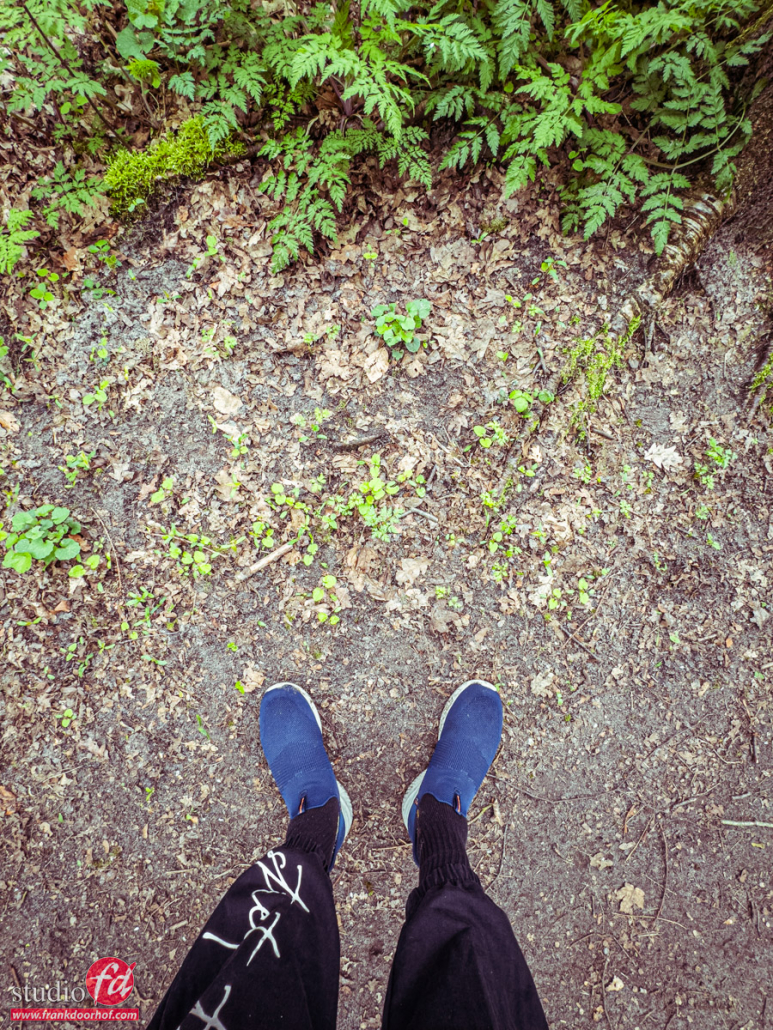
Now talking about signs and angles
Those are actually awesome for the wide angle.
But don’t just shoot them straight on. Try different “funky” angles! Shoot them top down, or just sit on the floor and shoot up.
Signs are great for this, especially with street photography I love to shoot street signs this way. (although they mostly from the bottom up of course).




Shooting my pet with a wide-angle
Of course, when walking with Chewie we also had to take some shots of him with the wide angle.
Now you can take a little bit of a distance and it will just appear Chewie has a really big head.

But it becomes so much fun when you get REALLY close up and personal.
Just beware that your phone doesn’t end up as a snack.
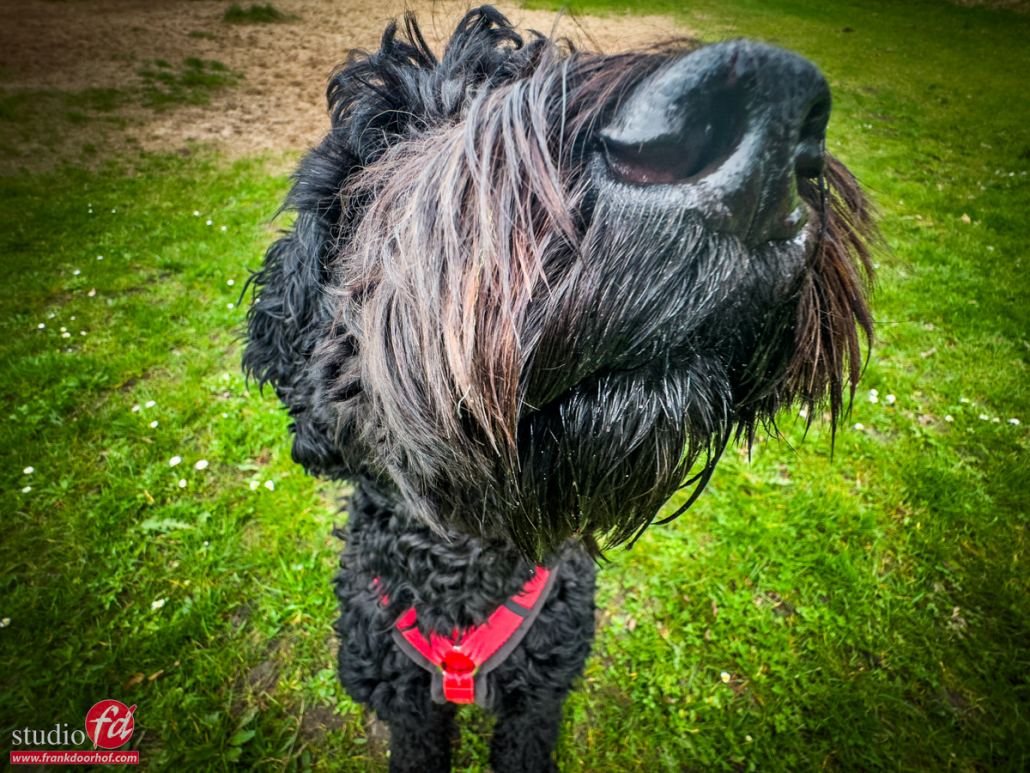
Cool selfies
Now I’m not going to lie, because I want to use the wide angle I can’t see the screen. So the following shots are 99% luck. But when you try enough times you will get some really unique selfies.
Let’s start with the phone on the floor with some leaves in front of it. You can also do this from a higher standpoint of course.

We loved this shot, but it was too easy to get right…. so we decided to throw in Chewie and be a bit more creative with the composition….. It’s not hard to guess, but most images were totally wrong (you can’t see the screen) but when it works… well it’s loads of fun as you can see here.




The wide-angle on your phone is fun
So the next time you use your phone. Use the Wide Angle lens on your iPhone, get close, and take some pictures for more creative shots.
As soon as you start using it you will find that even the most boring things can become really interesting, just due to the distortion and the different angles.
These shots were done with the iPhone 15 pro-Max on the wide-angle setting.
Editing is done in Adobe Lightroom Classic
A few years ago, the Digital Classroom was about Small Spaces and Wide Angles
Rock that Low and Wide Angle Blog about street and travel photography in the UK
Fashion shoot with Nadine, a blog about angles and more
More about Angles in this short video





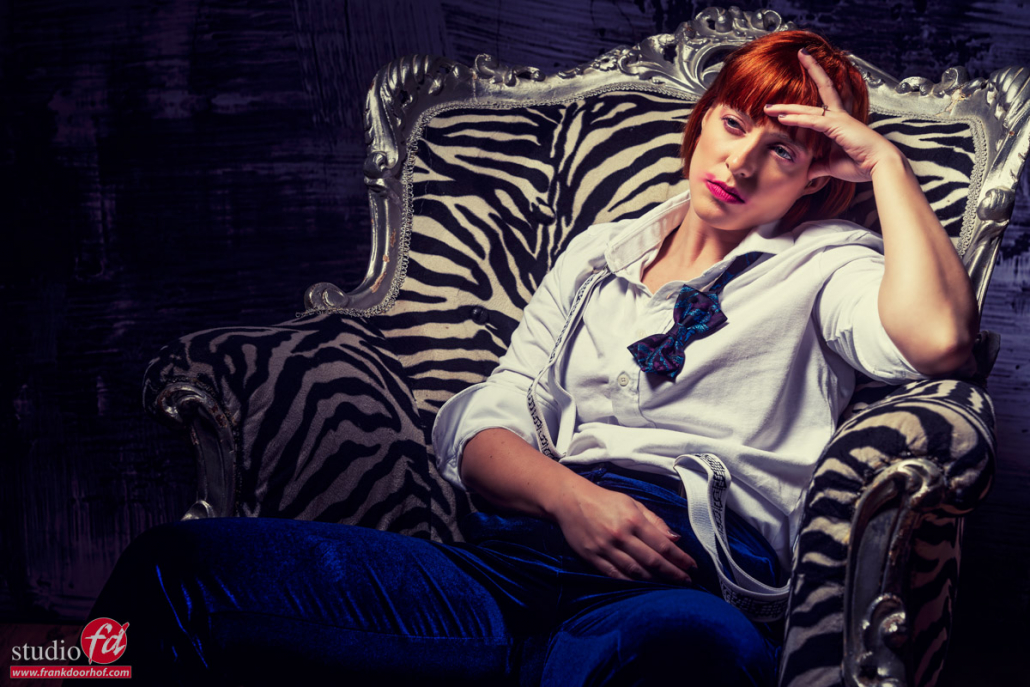


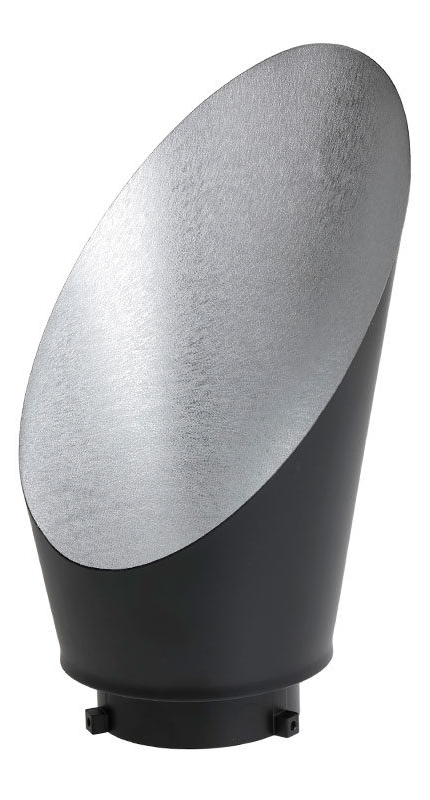



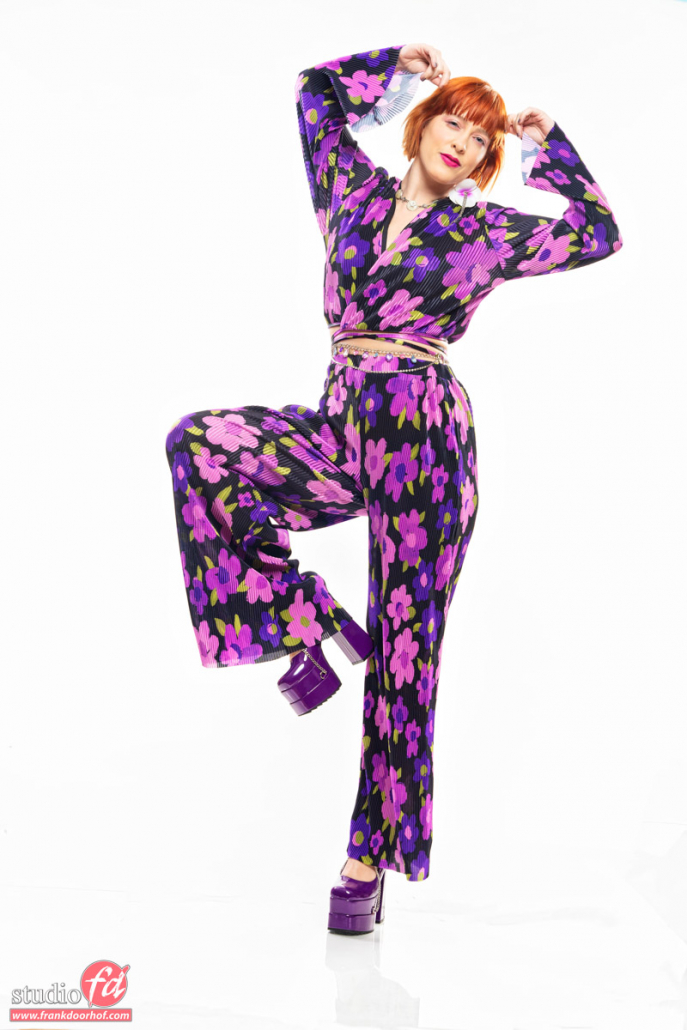





You must be logged in to post a comment.